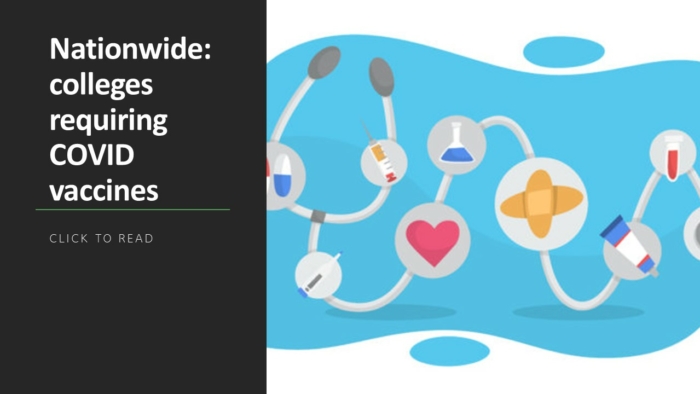Let’s be real right off the bat. The college-enrollment problem is complex to say the least. For the sake of this article I will focus on one element: enrollment marketing and messaging. This is very simple. Schools still think bragging about themselves is the way to go when it comes to attracting prospects. It’s not. They have lost touch with their ideal audience, the individual, not the prospect.

Here’s the simplest way to fix this self-inflicted problem. When it comes to messaging, stop talking about the school and focus on the Individual.
Now there are all the obvious obstacles that hurt higher ed like job competition, certs, skills training, cost, etc.
These “obstacles” are out of the schools’ control, however some things they can control. One of them is their brand messaging. Schools need to realize their brand is not what it used to be. In the past, colleges and universities could rely on students wanting to attend their institution simply because it was well-known. However, this is no longer the case. Students are now more interested in attending an institution that will give them the best education and career opportunities, not just one with a good reputation. In other words, “most students don’t care about the school brand or reputation anymore.” For them, it comes down to this. How can this program help me achieve my goals while fitting into my life? Whichever school does this, wins.

Here’s an example of Facebook ad copy running at a university “Ranked #8 Most Beautiful College Campus” (Cosmopolitan, 2020). This is a real ad targeting potential prospects. Do you see the self-inflicted problem? How about this one, another Facebook ad “Imagine yourself at a premier university in the heart of Los Angeles.” I must mention this ad also did not say anything about what the program was about.
Of course, for years, colleges have relied on traditional marketing methods to reach potential students. But as the landscape has changed, so has the way students make their education decisions. Today, students are more likely to rely on word-of-mouth and online research when choosing a school.
As a result, colleges need to refocus their enrollment marketing in order to reach potential students. This is where the colleges have the MOST control. Enrollment marketing is all about creating a relationship with potential students and their families. It’s about finding ways to connect with them on a personal level and build trust. You are asking them to make huge life-altering decisions.
There are a number of ways to do this, but one of the most important concepts of enrollment marketing is personalization. In a world where students have so many options, it’s important for colleges to stand out. One way to do this is by tailoring the college experience to each individual student. This is where Facebook and LinkedIn ads come into play.
Facebook and LinkedIn ads are a fantastic way to reach potential students and their families. But it’s important to remember that each student is different. That’s why it’s so important to customize each ad campaign. By personalizing the message and creating different journeys, colleges can make a connection with potential students on a more personal level.
These are the things that will make students want to choose your school.
It’s time for higher ed to abandon outdated strategies bragging about how good they are (No one cares!) and what I like to call “hope marketing.” Colleges and universities must take a hard look in the mirror if they want to see enrollment numbers increase. This means swallowing their pride and adjusting their mindset.
The sooner the better.
Jay Rathell is an award-winning Facebook and Linkedin Ads expert, and founder of Yamaro83, a digital agency focused on higher education marketing. After workingwith various levels of education for enrollment marketing, Jay saw how schools struggle to meet enrollment goals due to either ineffective, outdated strategies or ineffective agencies. Now, he uses his experiences to help schools close the gap in enrollment with digital media systems. He can be reached at [email protected].
More from UB








